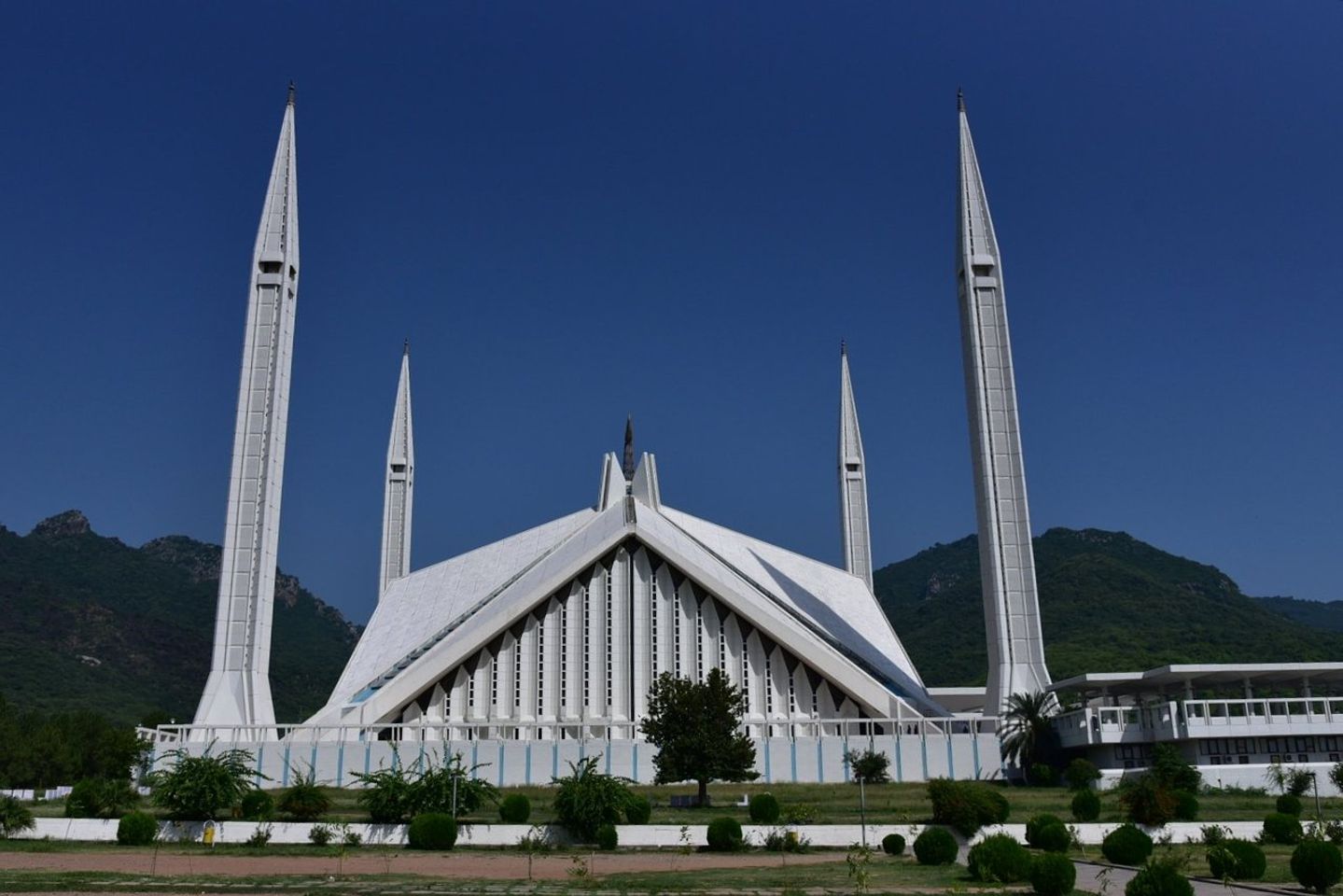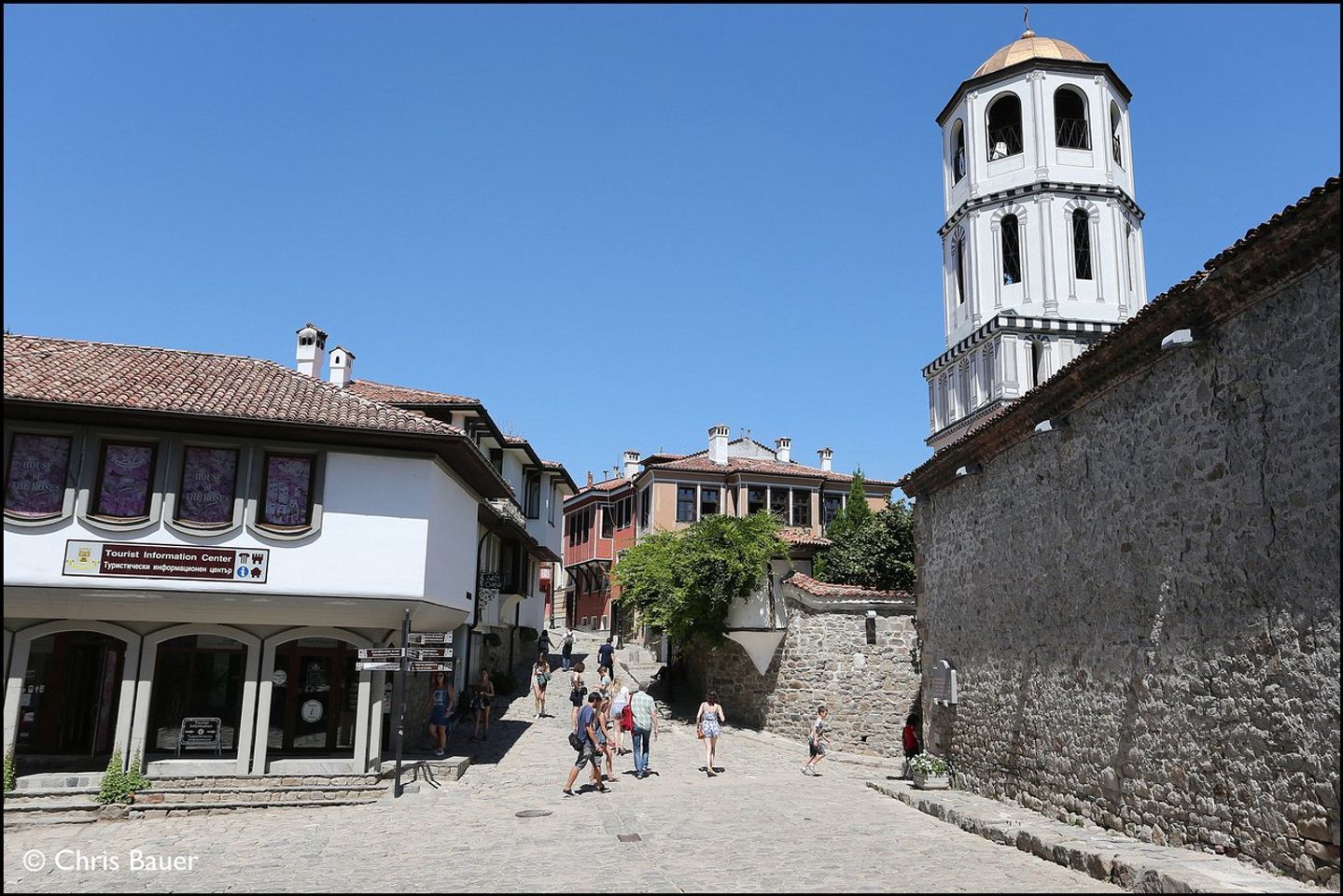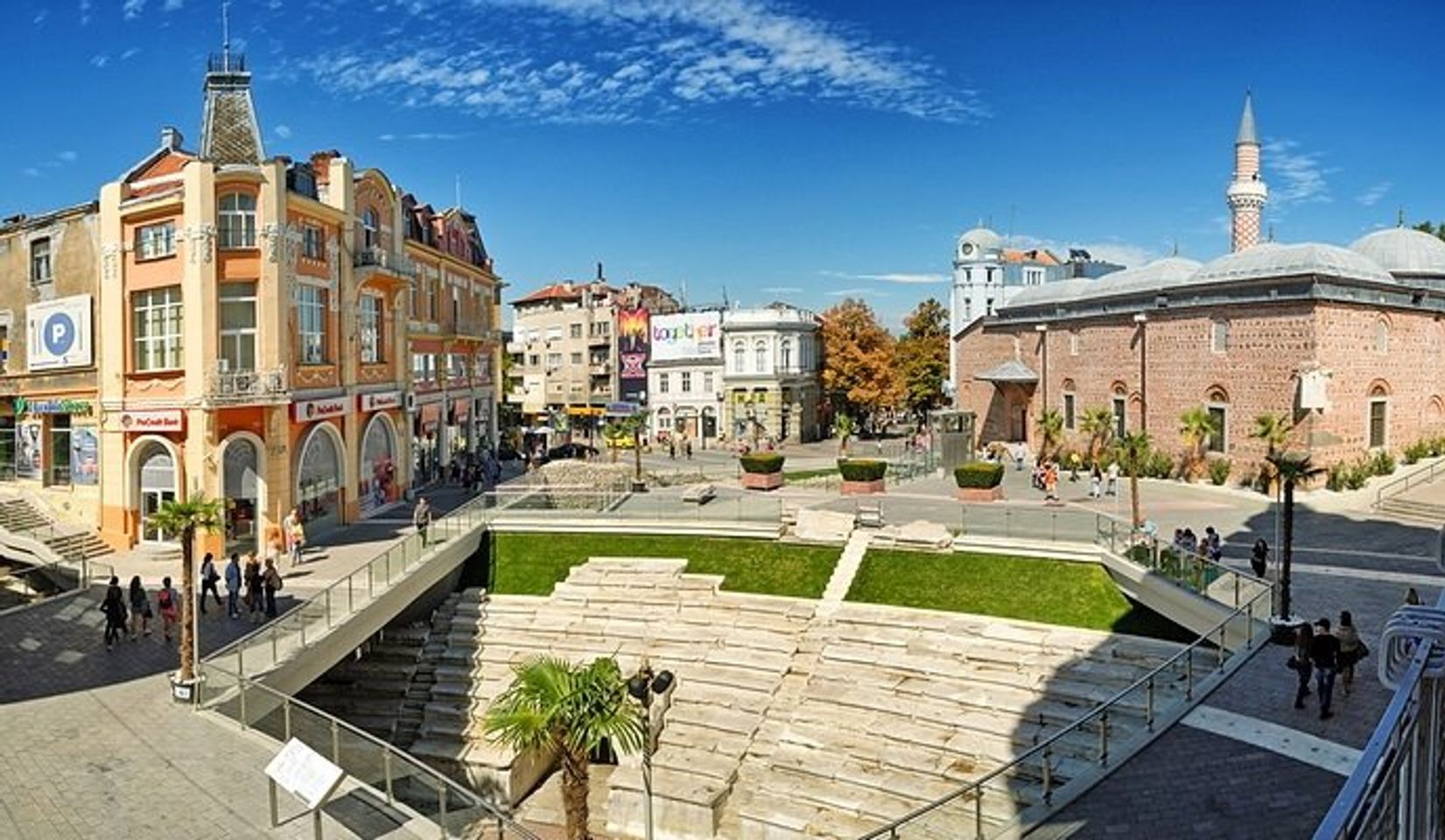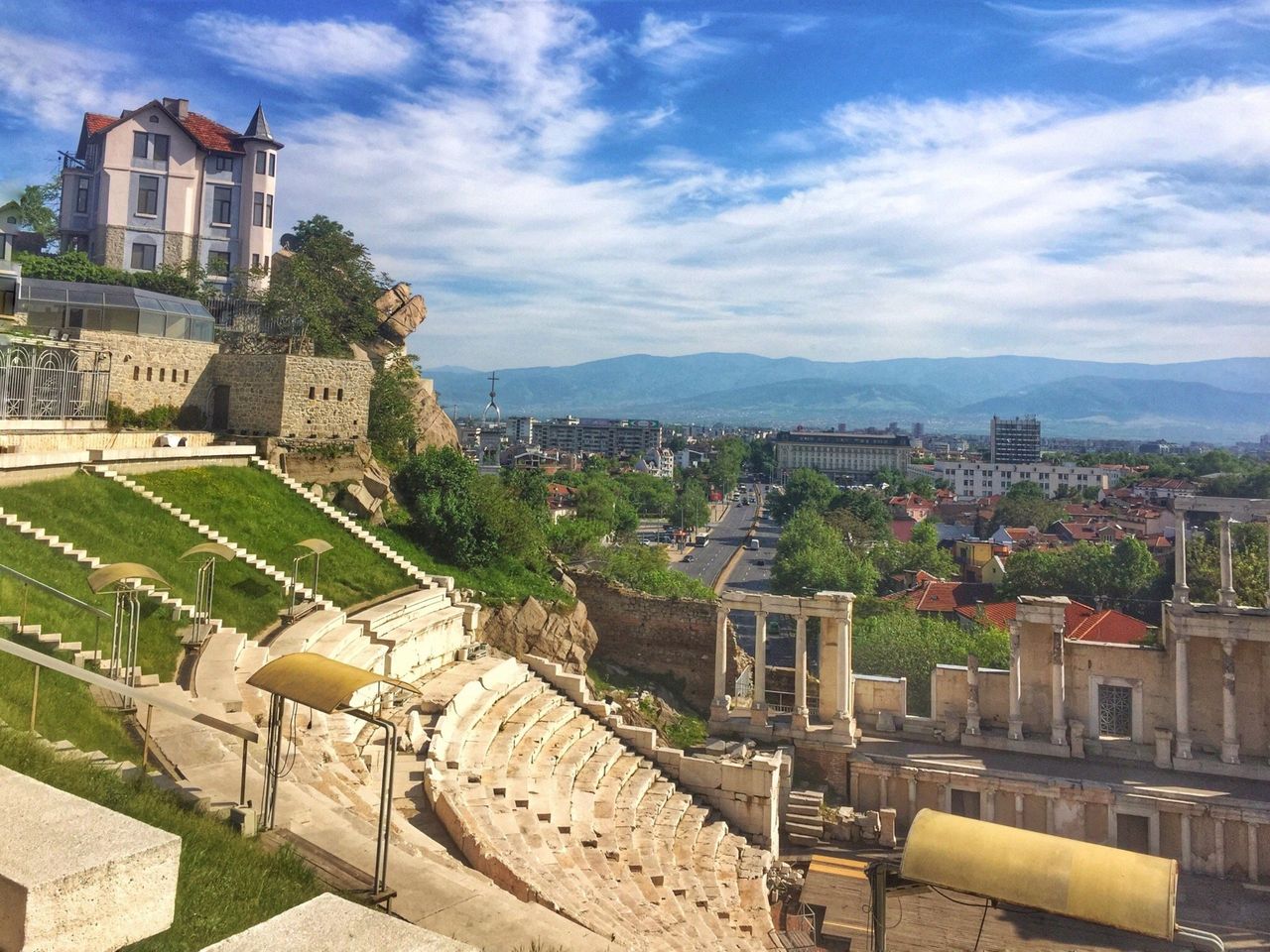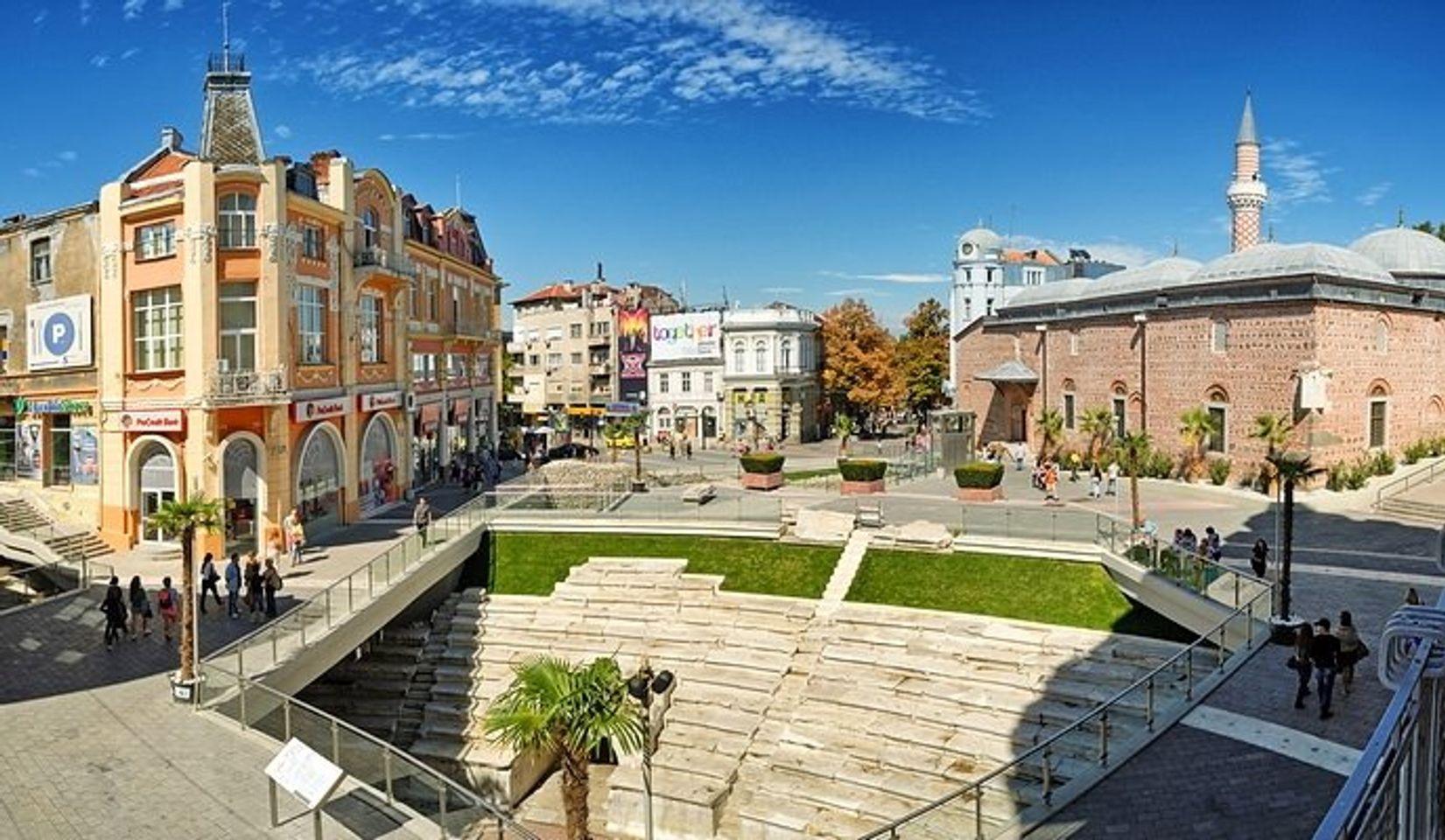Uncovering Bulgarias Hidden Gem: Hisar Kapia in Plovdiv
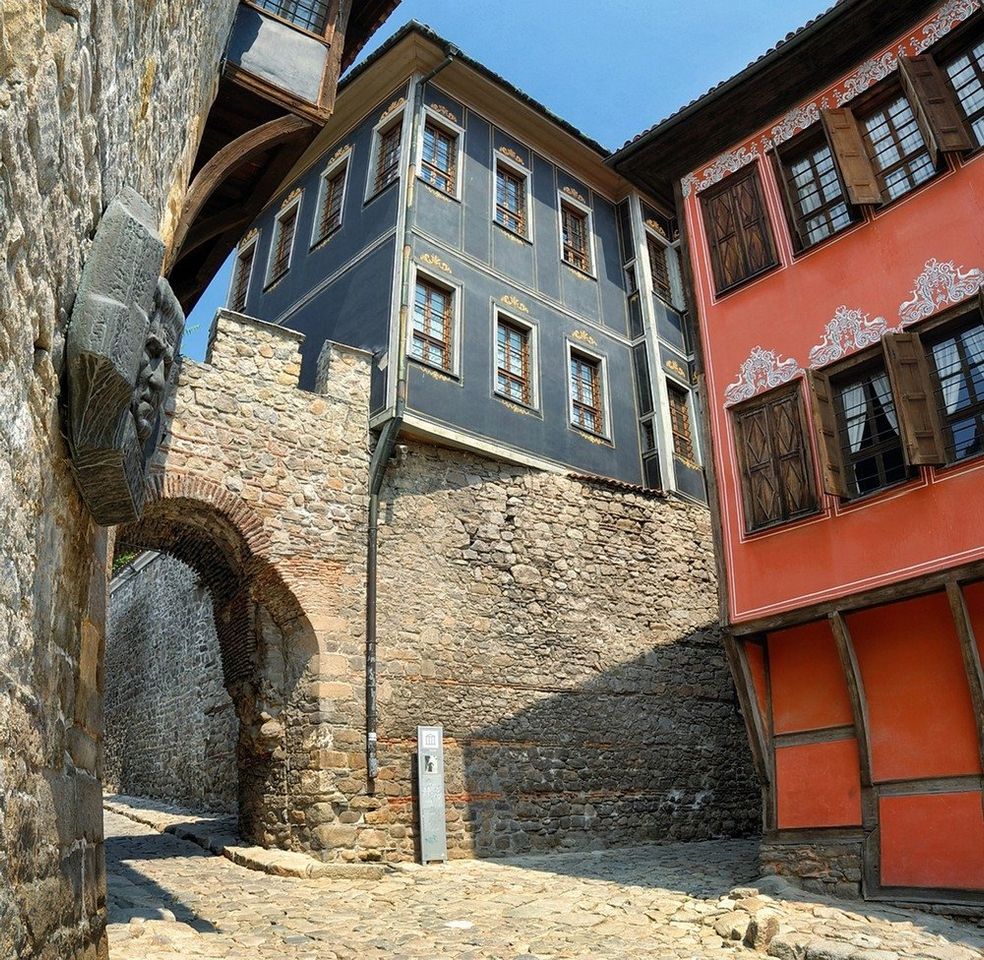
When it comes to ancient cities that have stood the test of time, Plovdiv in Bulgaria stands out as one of the most beautiful and intriguing places in Europe. This city boasts a rich cultural history that has been preserved through its many architectural structures, one of which is the iconic Hisar Kapia.
Built during the 2nd century AD, the Hisar Kapia is an impressive Roman gate that has been an important landmark in Plovdiv for centuries. This gate was the main entrance to the ancient city of Trimontium and served as a link between the eastern and western parts of the city. Today, the Hisar Kapia still stands proud in the center of Plovdiv and serves as a testament to the city’s rich cultural heritage.
With this in mind, we cannot help but marvel at the beauty and history behind the Hisar Kapia. It’s a stunning architectural structure that has been perfectly preserved for centuries and has become an emblematic symbol of Plovdiv’s ancient past. In the following sections, we will delve deeper into the history, significance, and allure of this iconic gate, and what it means for the people of Plovdiv. Click here to access the complete city guide for Plovdiv.
History of Hisar Kapia
As we explore the winding streets of Plovdiv, one landmark that cannot be ignored is the Hisar Kapia. This imposing gate is more than just a historical site; it is a living testament to the rich and varied history of this Bulgarian city. From the Roman Empire to Ottoman rule, the Hisar Kapia has witnessed the rise and fall of numerous empires, and its walls resonate with the echoes of past struggles and innovations.
Over the centuries, the Hisar Kapia has played a pivotal role in the cultural and social fabric of Plovdiv. It has served as a gateway for trade and commerce, a fortification against invading armies, and a symbol of power and prestige for its various rulers. Today, it stands as a testament to the resilience and adaptability of the human spirit, a monument to the triumphs and struggles of the past.
As we gaze upon the Hisar Kapia, we’re reminded of the inherent value of history in shaping our present and inspiring our future. It is a reminder to cherish and preserve our cultural heritage, to honor the sacrifices and achievements of those who came before us, and to strive for progress and innovation in all aspects of our lives. As we depart from this awe-inspiring site, we carry with us a deep sense of gratitude for the rich history and culture that has defined Plovdiv for centuries.
Architecture of Hisar Kapia
When walking through the historic streets of Plovdiv, one of the most awe-inspiring sights is undoubtedly the architecture of Hisar Kapia. The monumental gate, which once stood as a symbol of the city’s strength and power, is a testament to Bulgaria’s rich history and cultural heritage.
As we approach the gate, our eyes are drawn upward to the intricate carvings and majestic towers that bear witness to the skill and craftsmanship of the architects of old. The fusion of Byzantine and Bulgarian styles creates a unique synthesis of beauty and strength, evoking a sense of reverence and admiration.
It’s not just the physical beauty of Hisar Kapia that makes it a must-see destination; it’s the living history that it embodies. The gate has stood for centuries, a silent witness to the ebb and flow of civilization and the many challenges faced by the people of Plovdiv. Visiting Hisar Kapia is a chance to connect with Bulgaria’s past and to appreciate the richness of its cultural heritage.
Importance of Hisar Kapia in modern times
As we enter the Hisar Kapia gates, we are immediately transported back in time to the Roman Empire. This ancient gate has stood the test of time and witnessed the rise and fall of kingdoms. Today, it serves as a reminder of Bulgaria’s rich cultural heritage and its long-standing history.
But the importance of Hisar Kapia extends beyond its historical significance. It acts as a symbol of continuity and resilience in a world that is constantly changing. As we marvel at the intricate details of this ancient gate, we should also acknowledge the importance of preserving our cultural heritage for future generations.
Moreover, Hisar Kapia is a testament to the power of architecture and engineering. The craftsmanship and attention to detail in this structure are truly awe-inspiring. As we stand beneath the arches of Hisar Kapia, we should reflect on the ingenuity of our ancestors and the impact they have had on our modern world. The legacy of Hisar Kapia has transcended time and will continue to do so for generations to come.
Conclusion
It is no surprise that Hisar Kapia stands as a symbolic representation of Plovdiv’s cultural and historical heritage. The ancient gate encapsulates the distinctive charm and spirit of the city, thereby earning its place as one of Bulgaria’s primary tourist attractions. Despite the slightly neglected state of the gate, it still stands tall, inviting us to take a walk through history and marvel at the city’s vast multicultural complexity.
However, preserving culture and heritage takes more than just maintaining a few historical landmarks. It takes a conscious effort from all of us, from the locals to the government to the tourists, to take an active interest in our past and embrace the present and future. Only then can we ensure that our culture endures through time and inspires generations to come.
To conclude, we must not underestimate the importance of preserving and promoting our cultural heritage. Hisar Kapia serves as a reminder that Bulgaria’s history and identity have faced immense challenges yet have emerged stronger than before. By embracing our heritage, we can elevate Plovdiv’s cultural standing whilst fostering a strong sense of pride and identity among the locals and visitors.

